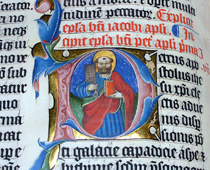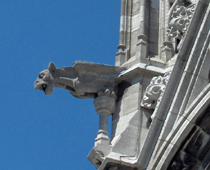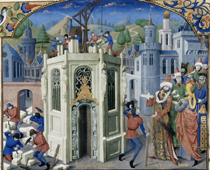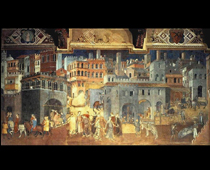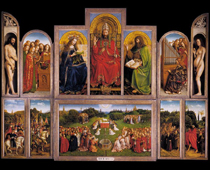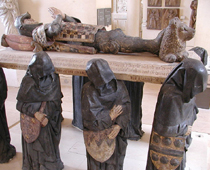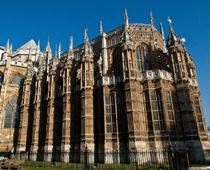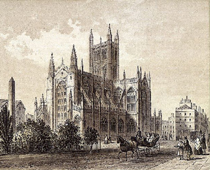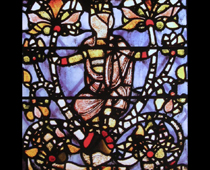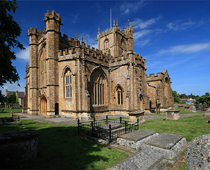
Paintings and Palaces
Paintings and Palaces will test your knowledge of art and architecture.
Art during the Middle Ages was most often inspired by religion. It was a time when people were devoted to their faith and consequently most art of the time has a religious theme. It was also a time when the ancient world was drawing near to the modern, and pieces from the 15th century, the time of the Wars of the Roses, were a merging of ancient and modern styles. Unfortunately few pieces of Medieval art survive today, but those which we do have give us some insight into their methods and their minds.
Ready for more?
not all...
quizzers. Try to win a coveted spot on our Hall of Fame Page.





